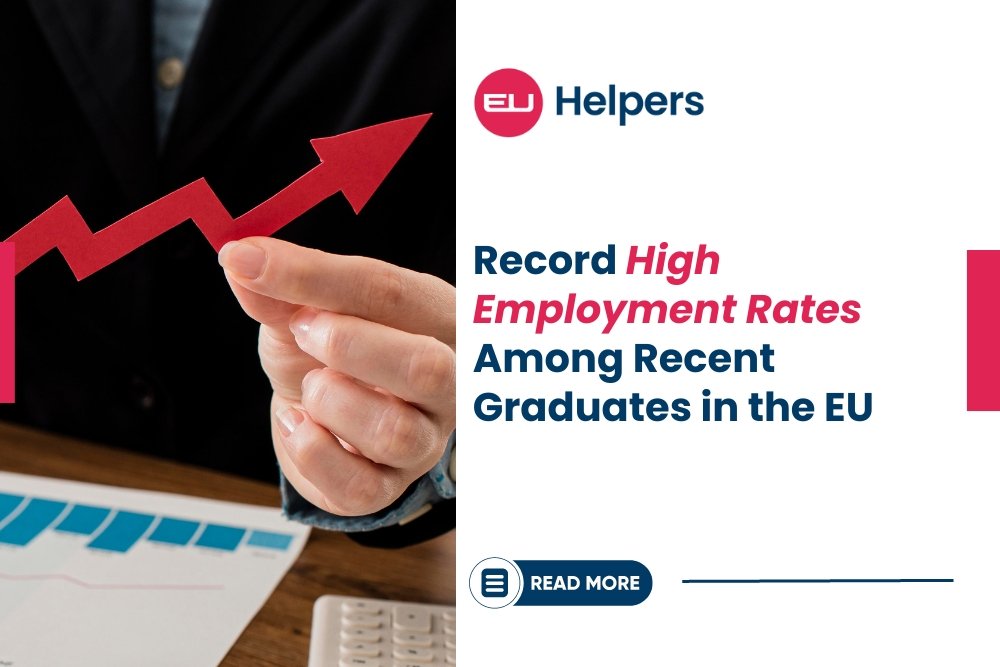The employment rate in 2022 shattered records, hitting 82%, according to Eurostat, the European Office for Statistics, up 1% from records in 2018, according to EU Helpers.
"In the EU, 82% of recent graduates (ISCED 2011 levels 3-8) between the ages of 20 and 34 were employed in 2022. The employment rate for this demographic increased by seven percentage points (pp) between 2014 and 2022, according to the agency.
Male graduates are hired more frequently than their female classmates, with employment rates between the sexes differing. In contrast to 2019 rates, where the disparity was four percentage points, in 2022 the difference in employment between male and female graduates was decreased to two percentage points, the lowest level ever seen between 2014 and 2022.
While the share of employment rates that depend on gender is larger for men (83.5%) than for women (81.3%), the average percentage of employment rates for recent graduates in the EU was 82.4 percent, up from 75 percent in 2014.
However, employment rates across the sexes have improved dramatically since 2014, with male graduates' employment rates rising from 76.9% to 6.6%, while female graduates' employment rates were 73.1%, 8.2 percentage points lower than in 2022.
According to each country separately, Luxembourg and the Netherlands had the highest employment rates for recent graduates, with 93% of those in this category finding work there. Germany and Malta were next, with 92 and 9% of recent graduates finding work there, respectively.
In addition to Ireland (87.2%), Hungary (88.9%), and Austria (88.4%), other nations with high employment rates include Norway, Sweden, and Denmark, where 89.7, 88.1, and 85.1 percent of recent graduates are employed, respectively.
It's interesting to see how different the employment rates for recent grads were across the Baltic states, with Estonia having the lowest rate at 77.4% and Lithuania having an employment rate of 83.4%. On the other side, Latvia, with an overall employment rate of 85.3%, has the greatest percentage of recent grads.
Additionally, as of 2022, the lowest employment rate for recent graduates was in Italy, where just 65% of them were worked. This was followed by Greece and Romania, where 66 and 70% of graduates were employed, respectively.
Along with Croatia and Bulgaria, France and Spain belong to the group of nations where between 70 and 80 percent of recent graduates have jobs.

